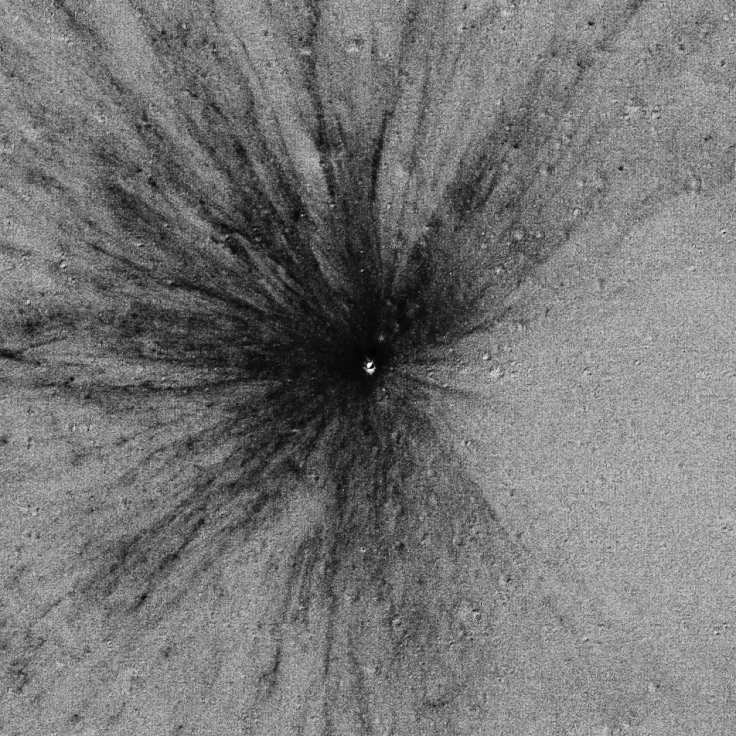More than 200 new craters have formed on Moon at a rapid rate
Images captured by NASA's Lunar Reconnaissance Orbiter spacecraft suggest new craters form quickly.
Scientists have pinpointed more than 200 craters on the Moon which had never before been identified. This is much more than what they had predicted, suggesting that the rate of crater formation on Earth's closest natural satellite is a lot quicker than previously thought.
There has been a number of studies dedicated to examining existing craters on the Moon, offering details relating to the process of crater formation and the past rate of cratering. However the current crater formation rate has been less documented.
Data collected by NASA's Lunar Reconnaissance Orbiter spacecraft may be about to change that. Indeed, its camera is capturing images of the Moon to map its surface and plan for future missions.
The authors of the new study published in the journal Nature used these images to quantify the current rate at which lunar craters form as a result of surface impacts by comets, asteroids and other fragments.
This helps them characterise the accumulation of impact craters over time - a knowledge which is crucial to evaluate the relative ages of geologic units.
180 craters per year
In their research, the scientists, from Arizona State University, compared images of the Moon taken at different moments, which allowed them to identify 222 new craters formed between the times the pictures were taken. This corresponds to 180 craters of at least 10m in diameter forming every year across the entire Moon – 33% more than would have been expected from the models of impact frequency that are typically used.

The researchers have also identified a secondary cratering process associated with impacts involving surface-bound jets of material. Because of this process, it is believed that the upper 2cm of loose surface material on the Moon will be reworked in about 81,000 years.
That's 100 times faster than previously predicted, suggesting that crater formation and changes to the Moon's surface occur more quickly than scientists have modelled so far.

© Copyright IBTimes 2025. All rights reserved.






















